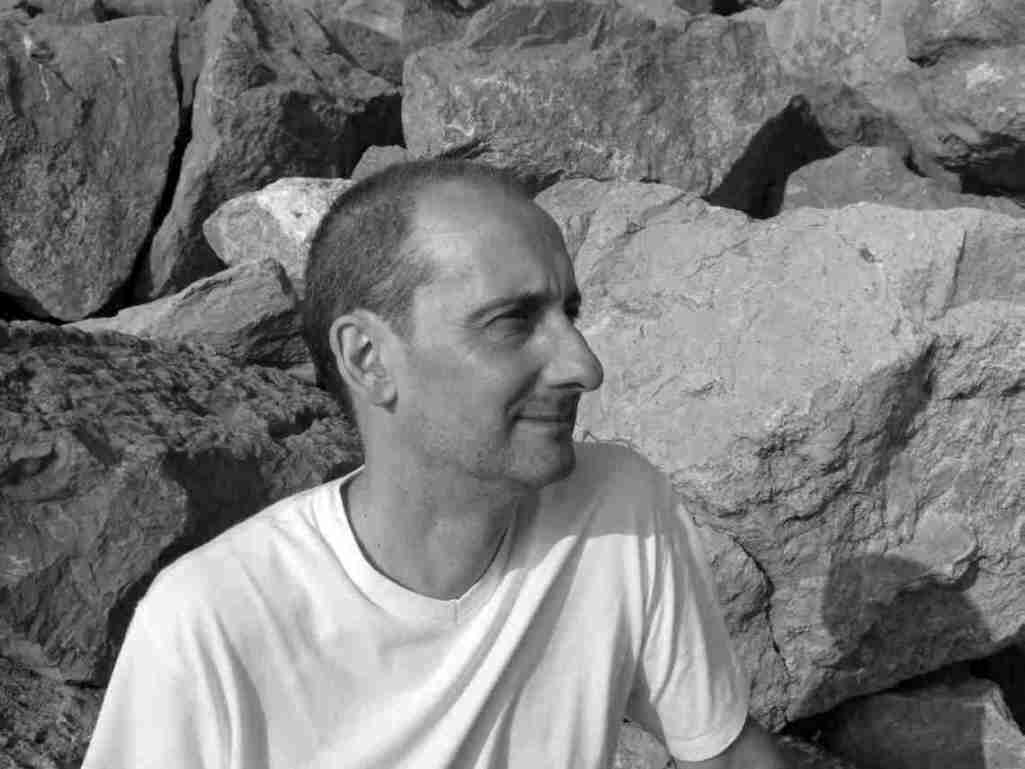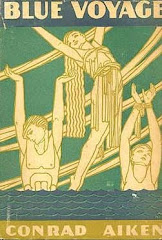
Liverpool Echo Under the Volcano author Malcolm Lowry was inspired by the Wirral of his childhood 22/10/09
Catherine Jones follows in the footsteps of Malcolm Lowry
WIRRAL doesn’t recognise Malcolm Lowry. It recognises Wilfred Owen but he wasn’t from Birkenhead – he went to the school and Wirral has managed to put a blue plaque on a house in which he was in for a very short period of time and they also named a road after him,” says Colin Dilnot.
“The irony for me is that Lowry wrote a lot about Wirral. And Wilfred Owen couldn’t stand Birkenhead!”
Colin is a passionate advocate for the man who wrote what is considered one of the great novels of the 20th century – Under The Volcano. While he’s acclaimed internationally, and is a favourite author of writer Gabriel Garcia Marquez (100 Years of Solitude), Lowry is little known at home.
In fact, Colin would like to see a blue plaque erected on the writer’s birthplace in New Brighton.
Lowry, who would have been 100 this year, is currently being celebrated in a festival of art, writing, film poetry and performance at the Bluecoat arts centre.
Organisers hope to raise the profile of the writer who left the banks of the Mersey as a young man – the 17-year-old’s departure on a ‘gap year’ working his passage on the tramp steamer Pyrrhus was reported in the ECHO under the priceless headline “Deckhand With A Ukulele” – and whose love of adventure later took him to America, Canada and to the Mexican town of Cuernavaca which became the inspiration for his 1947 semi-autobiographical masterpiece.
Under The Volcano tells the story of Geoffrey Firmin, an alcoholic British consul in the Mexican town on the traditional Day of the Dead in 1938.
But, says Colin who first discovered the author at college and who contributed to the new book Malcolm Lowry: From The Mersey To The World, although Lowry’s stories may be set all over the place, the heart that beats within them is recognisably from Merseyside.
“If you look at his novels, his writing, his letters, they’re all permeated with mentions of Wirral, Liverpool, the river,” he explains.
“In Under The Volcano he talks about something called the ‘hell bunker’ and that was on one of the greens of the Royal Liverpool golf club at Hoylake. Lowry used a number of golfing symbols to symbolise things like hell”.
These local connections will be explored in a Malcolm Lowry magical mystery tour this month.
The Voyage That Never Ends is billed as a “day long journey by ferry, coach and foot” tracing the writer’s early years in Wirral and his forays across the river to Liverpool where his well-to-do father worked at the Cotton Exchange in Old Hall Street.
The tour starts in Liverpool, but citizens of the city may be dismayed to learn Lowry wasn’t exactly a fan.
In fact, he described it as a “terrible city” and in his work October Ferry to Seacombe he talked about being “imprisoned in a Liverpool of self.”
In what is rather like a reverse Brick Up the Mersey Tunnels, Lowry instead revelled in his Wirral ‘Eden’ roots.
“If you look at some of his writings, his love of nature began on the Wirral,” says Colin. “Where he lived in Caldy he was surrounded by wonderful places where you could walk, and he describes walking over the gorse – in those days it was wilder, the Wirral was a much more rural paradise than it is now.
“His communing with nature continued when he went to Canada. One of the most striking things for me is that if you look where he went in Canada, when you see photographs, when you look out across the hills its not dissimilar from looking out across the Dee.
“It was obviously a place where he felt very comfortable.”
Lowry was born in North Drive, New Brighton, but moved to Inglewood at Caldy when he was two.
The tour will visit both houses, along with the aptly-named (although as Colin points out, ironically not for him) Lowry’s Bank, waterfront pubs in Birkenhead and the site of the anatomy museum in Paradise Street.
“Lowry was obsessed with this. It’s recorded he paid a couple of visits and it stuck in his mind. They produced a guidebook and what he did was took a chunk of that and put it into his book Ultramarine.”
Then of course there’s the peninsula’s famed golf courses – home of ‘hell bunker’ and the equally infamous ‘donga’. Young Lowry was Hoylake Boys’ Golf Champion in 1925 and spent a lot of his time on the courses.
At Caldy, the vista takes in Hilbre Island, the lighthouse, Dee estuary and marine lake – all images Lowry, who died an alcoholic at 47, purposefully inserted into his work.
“We’re trying to allow people the opportunity to see the landscape and topography of what he’s talking about in his novels, because the detail he writes about is quite real,” says Colin.
“And we want to with some of the spirit of Lowry as well.”
Malcolm Lowry: From the Mersey To The World is published by Liverpool University Press and the Bluecoat.
You can also catch Colin Dilnot’s Lowry blog
Liverpool Echo
Read more details on the tour mentioned above here










.jpg)














